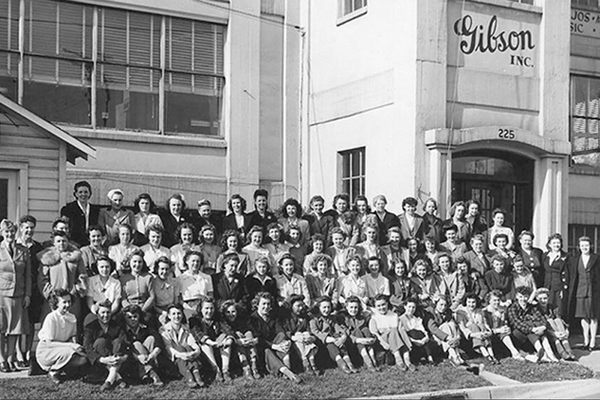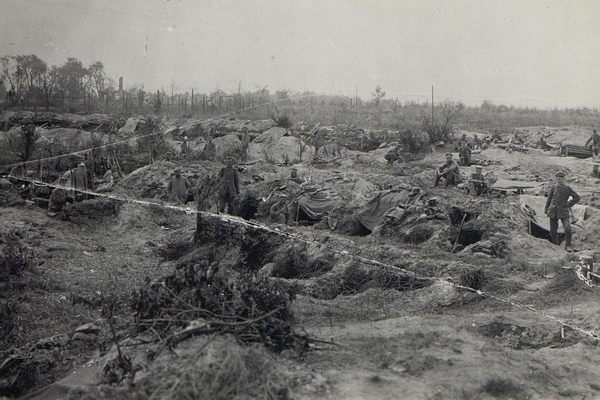The Place Where World War II Never Ended
One of the Kuril Islands (photograph by Dr. Igor Smolyar, NOAA/NODC)
What if you were to find out that World War II never really ended? That the most cataclysmic event of the 20th century never actually came to a close? That nearly 70 years after Hitler took his life deep underneath the streets of Berlin, and the United States dropped the atom bomb, two of the largest powers involved, Russia and Japan, were still at war?
The clue to this strange story lies in four small volcanic islands in the Pacific. On August 9, 1945, the day of the atomic weapon drop on Nagasaki, the Russian army invaded a collection of Japanese islands known as the Kuril Islands. Lying equidistant between Russia and Japan, the island chain is rich in fish, minerals, and other natural resources. Known in Japan as the Northern Territories and in Russia as the South Kurils, four of these islands — Kunashir, Iturup, Shikotan, and the Habomai islets — have lain at the center of a dispute over ownership that continues to this day. The conflict has led Moscow and Tokyo to avoid signing the peace treaty that would have formally ended the Second World War.
A satellite view of the disputed Southern Kuril Islands (via NASA)
Japan started to settle the Kuril islands as far back as the 18th century, seizing them in 1875. By the outbreak of World War II, the chain was home to some 17,000 Japanese. When Russia seized the islands, the Japanese inhabitants were deported, and the Russians began to build up a heavy military presence that exists to this day.
It isn’t some quirk of international law or a diplomatic oddity that never saw the peace treaty signed; strong animosity still exists between the two superpowers over who owns the land. As recently as 2011, the then-president of Russia, Dmitry Medvedev, declared the islands “unalienable Russian territory.”
“We will do everything we can to step out our strategic presence on the South Kuril Islands,” he said.
Meanwhile, protests from pro-nationalists in Japan have seen Russian flags being burnt on “Northern Territories Day.”
Fish processing factory on Shikotan Island, 1969 (via RIA Novosti archive)
A volcano in the Kuril Islands (photograph by Dr. Igor Smolyar, NOAA/NODC)
And this isn’t just some idle land dispute; rumors of large oil and natural gas reserves under the seas surrounding the Kurils have led Russia to step up its military presence. Deposits of the rare and extremely valuable mineral rhenium, used to make military jet and rocket engines, have also been found on a volcano on Iturup. Colonel General Sergey Surovikin, commander of the eastern Russian military district, was tasked with completing “modern, fully autonomous military settlements” on the islands by 2016.
Today, the 30,000 Russian residents on the Kuril islands lie in wait in a state of combat readiness, with surface-to-air missiles, fighter planes, and ballistic missiles pointing in the direction of Japan. As recently as February of 2013, the Japanese air force scrambled fighter planes when Russian jets entered their airspace near the Kurils.
Dozens of potential solutions to the conflict have been floated over the years. A possible compromise emerged in 1956, when former Soviet leader Nikita Khrushchev offered to return the two southernmost islands, Shikotan and Habomai, and Japan admitted that its claim to the other two islands was “weak.” But the deal fell through. Talks between the superpowers over the years have led to a stalemate — which means it seems unlikely that Russia and Japan will ever finally stop fighting World War II.
Kunashir Island (photograph by Leon Petrosyan)
Investigate more overlooked World War II history on Atlas Obscura >













Follow us on Twitter to get the latest on the world's hidden wonders.
Like us on Facebook to get the latest on the world's hidden wonders.
Follow us on Twitter Like us on Facebook